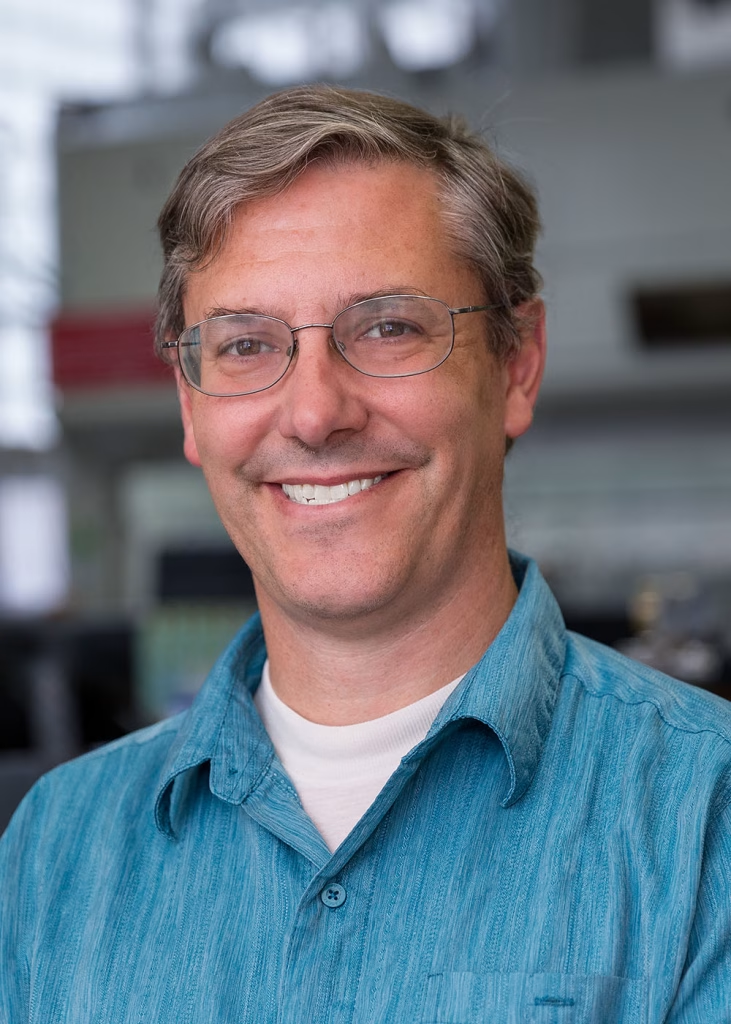The nonprofit Schmidt Sciences and the Foundation for Food & Agriculture Research (FFAR) have selected a multi-institution group of researchers to establish the new Center for Mineral and Metal Oxide Removal from Biomass (CMORE) at the University of Wisconsin-Madison.
The center is part of the new Virtual Institute on Feedstocks of the Future (VIFF), an initiative with a mission to support U.S.-based science and technology focused on leveraging underused biomass carbon sources as future feedstocks for biomanufacturing. Schmidt Sciences and FFAR have committed up to a total of $47.3 million over five years to support CMORE and four other VIFF projects.
CMORE’s main goal is to find ways to remove minerals and metal oxides from biomass before they undergo catalytic conversion. “We are looking at many different removal technologies. We want to extract minerals from the biomass and return them to the soil,” says CMORE executive director George Huber, a professor of chemical and biological engineering at UW-Madison. “Then we can make mineral and metal oxide-free biomass pellets, which can be used to produce fuels and chemicals through different downstream catalytic technologies.”
 George Huber
George Huber
Replacing fossil feedstocks with renewable biomass sources will be a key element of a successful circular bioeconomy, with the potential to increase the environmental sustainability of manufacturing, provide new revenue sources for farmers, ranchers and municipalities, and support manufacturing supply-chain resilience.
Biomass, including materials like agriculture waste, woody waste material and some solid municipal waste, is a promising, latent low-carbon energy source. It is possible to isolate the cellulose naturally found in these materials and then catalytically upgrade it into valuable low-carbon fuels, chemicals and materials displacing petroleum products.
These cellulosic materials contain alkali and alkaline earth metals, including potassium, calcium, magnesium, manganese and metal oxides such as silica. During cellulose upcycling, those minerals can foul catalysts, reduce their lifecycles and increase processing costs.
One technology researchers in the center will look at is expanding a process called MinFree, developed by Huber’s lab and commercialized by spinoff company and industry partner Anellotech. MinFree is a proprietary biomass pretreatment that strips minerals out of loblolly pine wood. The team hopes to develop a computational model to aid in the design of new versions of the MinFree process that target other types of biomass, like corn stover, soybean husks and other species of wood. They will combine this with torrefaction, an airless thermal process that decreases the energy needed for removing minerals and metal oxides from cellulose.
Researchers will also explore ways to return the alkali and alkaline earth metals to the soil as plant nutrients. Through laboratory- and greenhouse-based fundamental research, the team will evaluate the agronomic and environmental benefits of incorporating the minerals into fertilizers.
CMORE researchers will also demonstrate how to use municipal solid waste as a potential biomass feedstock. At Idaho National Laboratory, the team will divert most plastic and fiber products, like paper and cardboard, from a waste stream, milling it and creating a concentrated fiber/plastic/mineral stream. Then, using a process called solvent-targeted recovery and precipitation (STRAP) developed at UW-Madison, they will chemically remove the plastic for further processing, leaving the fiber, which can then undergo MinFree processing and pelletization.
The pelletized feedstocks are significantly denser than the raw biomass making them cheaper to transport and easier to process. CMORE researchers will develop technologies to fractionate the pelletized feedstocks into cellulose, hemicellulose and lignin for upcycling into fuels and chemicals.
Ultimately, the team hopes these techniques could make processing biomass at a regional or local scale feasible. “We want to figure out how to make these high-quality, mineral-free pellets that can be the basis for fuels and chemicals,” says Huber. “And ideally, we want to do this where the biomass is: at local depots where we can return the nutrients to the soil.”
CMORE includes contributors from several institutions. Styliani Avraamidou, an assistant professor of chemical and biological engineering at UW-Madison, will co-direct the center. Santanu Bakshi, a research scientist at Iowa State University, will lead mineral management and soil quality. That also will include research contributions by Huber and colleague Reid Van Lehn, an associate professor of chemical and biological engineering who will lead the thermodynamic modeling of the process. Professor Ezra Bar-Ziv of Michigan Technological University will head up solids processing, with contributions from Rebecca Ong, an associate professor of chemical engineering. Avraamidou will lead systems analysis with contributions from UW-Madison colleagues Victor Zavala, a professor of chemical and biological engineering, and Craig Benson, a professor emeritus of civil and environmental engineering. Professor Bala Subramaniam of the University of Kansas will head the catalytic processing team, which includes Huber and James Dumesic, a professor emeritus of chemical and biological engineering at UW-Madison. Professor Armando McDonald from the University of Idaho is also participating in the center.
The center’s industrial advisory board includes representatives from industrial partners ADM, Pyran, Shell, the Center for Advanced Bioenergy and Bioproducts Innovation, New Energy Blue, and Johnson Matthey.
Huber is the Richard L. Antoine Professor, Avraamidou is the Duane H. and Dorothy M. Bluemke Assistant Professor, Van Lehn is the Hunt-Hougen Associate Professor, and Zavala is the Baldovin-DaPra Professor.
Top image by Jeff Miller, University Communications